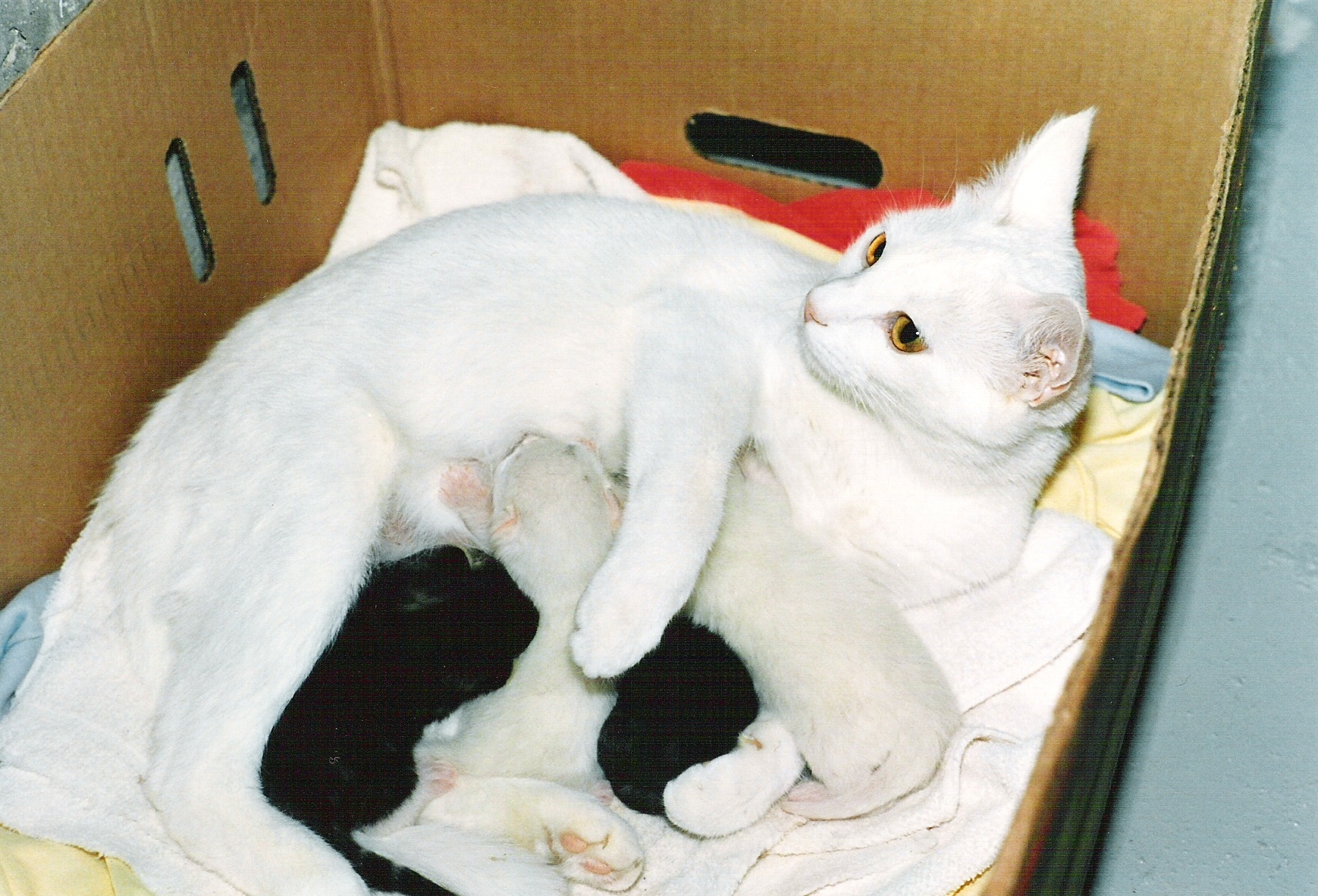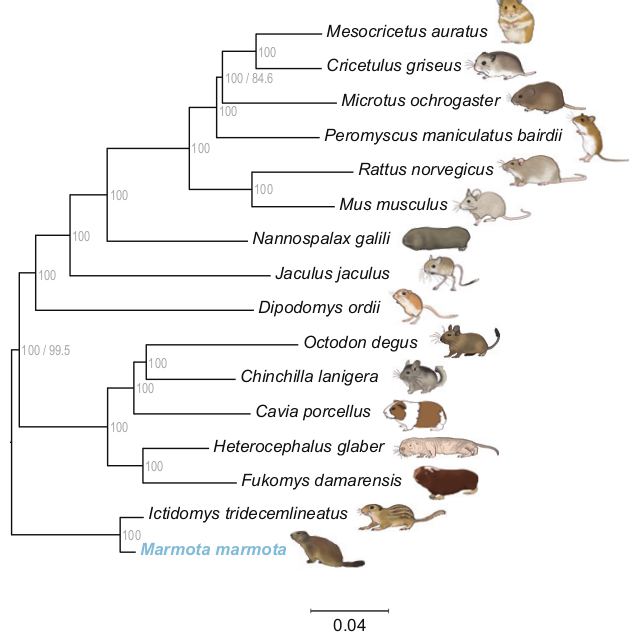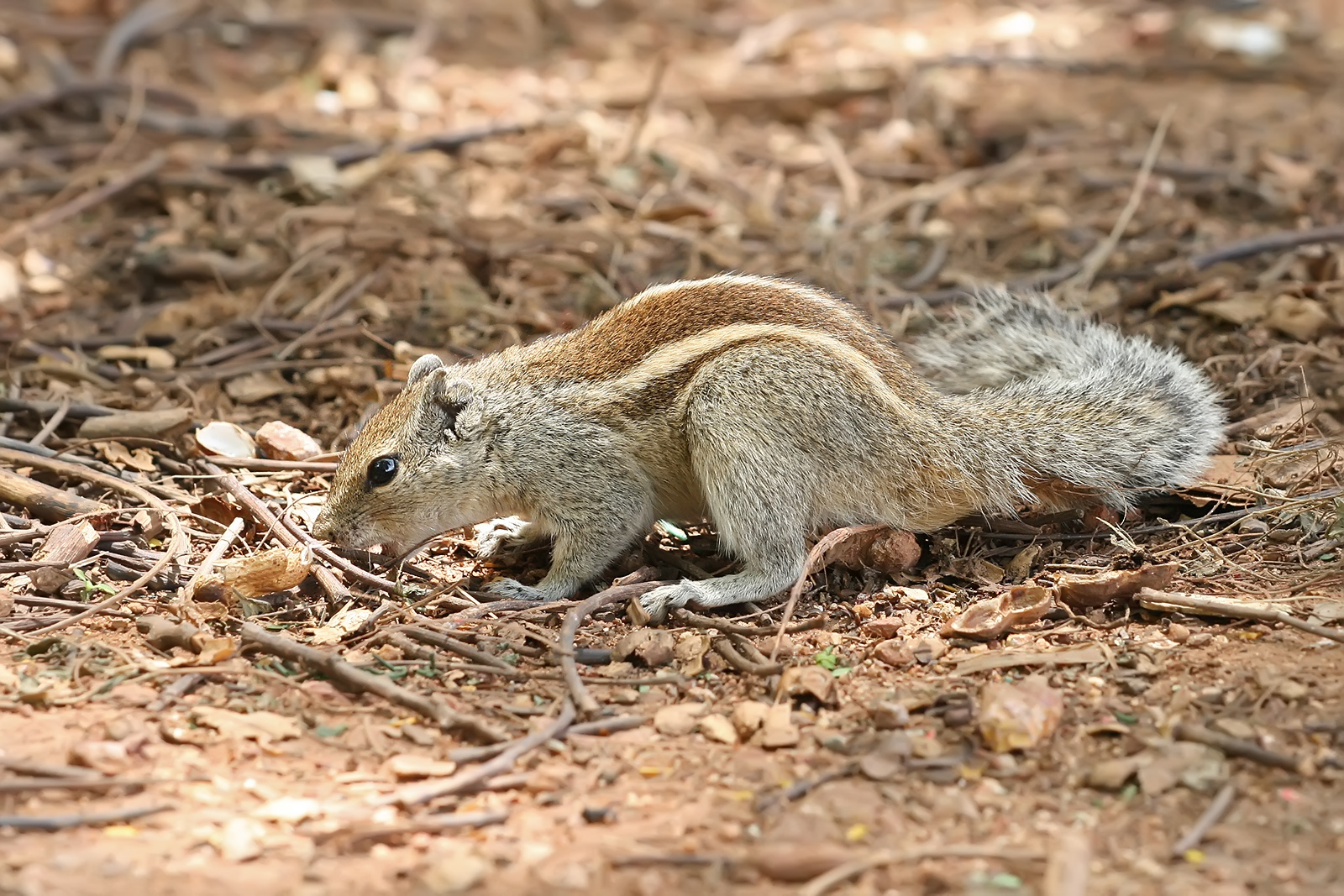|
Infanticide In Rodents
Infanticide is the termination of a neonate after it has been born, and in zoology this is often the termination or consumption of newborn animals by either a parent or an unrelated adult. In rodents, it is not uncommon for the mother to commit infanticide shortly after parturition (giving birth) under conditions of extreme stress (parental infanticide), or for an unrelated male to kill neonates (nonparental infanticide). Parental infanticide Parental infanticide is perhaps the most confusing behaviour to understand, as in many cases it can seem maladaptive for a parent to terminate offspring carrying its own genetic material. However, studies in mice have indicated infanticide may be a genetically heritable trait, and may even have a learned element, so there is clearly more to the behaviour than might be expected. The occurrence of infanticide seems to vary within rodent species between parents. For example, male meadow voles and house mice can be classed as either 'infanticidal ... [...More Info...] [...Related Items...] OR: [Wikipedia] [Google] [Baidu] |
Lactating
Lactation describes the secretion of milk from the mammary glands and the period of time that a mother lactates to feed her young. The process naturally occurs with all sexually mature female mammals, although it may predate mammals. The process of feeding milk in all animals (including humans) is called ''nursing'', and in humans it is also called ''breastfeeding''. Newborn infants often produce some milk from their own breast tissue, known colloquially as witch's milk. In most species, lactation is a sign that the female has been pregnant at some point in her life, although it can happen without pregnancy. Nearly every species of mammal has nipples; except for monotremes, egg-laying mammals, which instead release milk through ducts in the abdomen. In only one species of mammal, the Dayak fruit bat from Southeast Asia, is milk production a normal male function. ''Galactopoiesis'' is the maintenance of milk production. This stage requires prolactin. Oxytocin is critical for th ... [...More Info...] [...Related Items...] OR: [Wikipedia] [Google] [Baidu] |
Alpine Marmot
The alpine marmot (''Marmota marmota'') is a large ground-dwelling squirrel, from the genus of marmots. It is found in high numbers in mountainous areas of central and southern Europe, at heights between in the Alps, Carpathians, Tatras and Northern Apennines. In 1948 they were reintroduced with success in the Pyrenees, where the alpine marmot had disappeared at end of the Pleistocene epoch. Evolution The alpine marmot originates as an animal of Pleistocene cold steppe, exquisitely adapted to this ice-age climate. As such, alpine marmots are excellent diggers, able to penetrate soil that even a pickaxe would have difficulty with, and spend up to nine months per year in hibernation. Since the disappearance of the Pleistocene cold steppe, the alpine marmot persists in the high altitude alpine meadow. During the colonisation of Alpine habitat, the alpine marmot has lost most of its genetic diversity through a bottleneck effect. It could not rebuild its genetic diversity eve ... [...More Info...] [...Related Items...] OR: [Wikipedia] [Google] [Baidu] |
Golden Marmot
The long-tailed marmot (''Marmota caudata'') or golden marmot is a marmot species in the family Sciuridae. It occurs in mountainous regions in the central parts of Asia where it lives in open or lightly wooded habitats, often among rocks where dwarf junipers grow. It is IUCN Red Listed as Least Concern. As suggested by its name, it is a relatively long-tailed species of marmot. Description The long-tailed marmot is a large, sturdy rodent weighing up to . Its typical weight range is from , with the lower weights in the spring directly after hibernation and the higher weights in the autumn just before hibernation where more than one–quarter of its mass can be fat. Males average slightly larger than females. Its head-and-body length is and the tail is about long. The tail is 37–55% of the head-and-body length. This is considerably longer than typical of other marmots, although the proportionally longest-tailed individuals of the grey (''M. baibacina'') and alpine marmots (''M ... [...More Info...] [...Related Items...] OR: [Wikipedia] [Google] [Baidu] |
California Ground Squirrel
The California ground squirrel (''Otospermophilus beecheyi''), also known as the Beechey ground squirrel, is a common and easily observed ground squirrel of the western United States and the Baja California Peninsula; it is common in Oregon and California and its range has relatively recently extended into Washington and northwestern Nevada. Formerly placed in ''Spermophilus'', as ''Spermophilus beecheyi'', it was reclassified in ''Otospermophilus'' in 2009, as it became clear that ''Spermophilus'' as previously defined was not a natural (monophyletic) group. A full species account was published for this species in 2016. Etymology John Richardson, who originally described the species as ''Arctomys (Spermophilus) beecheyi'', or "Beechey's marmot", named it after Frederick William Beechey, an early 19th-century British explorer and naval officer. Description The squirrel's upper parts are mottled, with the fur containing a mixture of gray, light brown and dusky hairs. The shoul ... [...More Info...] [...Related Items...] OR: [Wikipedia] [Google] [Baidu] |
Tree Squirrel
Tree squirrels are the members of the squirrel Family (biology), family (Sciuridae) commonly just referred to as "squirrels." They include more than 100 arboreal species native to all continents except Antarctica and Oceania. They do not form a single natural, or monophyly, monophyletic, group; they are variously related to others in the squirrel family, including ground squirrels, flying squirrels, marmots, and chipmunks. The defining characteristic used to determine which species of Sciuridae are tree squirrels is dependent on their habitat rather than their physiology. Tree squirrels live mostly among trees, as opposed to those that live in burrows in the ground or among rocks. An exception is the flying squirrel that also makes its home in trees, but has a physiological distinction separating it from its tree squirrel cousins: special flaps of skin called patagia, acting as glider wings, which allow gliding flight. The best known genus of tree squirrels is ''Sciurus'', which ... [...More Info...] [...Related Items...] OR: [Wikipedia] [Google] [Baidu] |
Caviomorpha
Caviomorpha is the rodent infraorder or parvorder that unites all New World hystricognaths. It is supported by both fossil and molecular evidence. The Caviomorpha was for a time considered to be a separate order outside the Rodentia, but is now accepted as a genuine part of the rodents. Caviomorphs include the extinct Heptaxodontidae (giant hutias) and extant families of chinchilla rats, hutias, guinea pigs and the capybara, chinchillas and viscachas, tuco-tucos, agoutis, pacas, pacaranas, spiny rats, New World porcupines, coypu and octodonts (Vassallo and Antenucci, 2015). Origin The first known rodent fossils in South America are represented by the three taxa ''Cachiyacuy contamanensis'', ''C. kummeli'', and ''Canaanimys maquiensis'', as well as teeth from ''Eobranisamys'' sp. (Dasyproctidae) and ''Eospina'' sp., the latter two found also in the Santa Rosa fauna from the late Eocene or early Oligocene. By the late Oligocene, all superfamilies and most families of caviomor ... [...More Info...] [...Related Items...] OR: [Wikipedia] [Google] [Baidu] |
Myomorpha
The suborder Myomorpha contains 1,524 species of mouse-like rodents, nearly a quarter of all mammal species. Included are mice, rats, gerbils, hamsters, lemmings, and voles. They are grouped according to the structure of their jaws and molar teeth. They are characterized by their myomorphous zygomasseteric system, which means that both their medial and lateral masseter muscles are displaced forward, making them adept at gnawing. As in the hystricognathous rodents, the medial masseter muscle goes through the eye socket, a feature unique among mammals. Myomorphs are found worldwide (apart from Antarctica) in almost all land habitats. They are usually nocturnal seed-eaters. Most myomorph species belong to the superfamily Muroidea: ( hamsters, voles, lemmings, true mice, true rats, and gerbils). *Superfamily Muroidea **Family Platacanthomyidae ( spiny dormice and Chinese pygmy dormice) **Family Spalacidae ( blind mole-rats and bamboo rats) **Family Calomyscidae ( ... [...More Info...] [...Related Items...] OR: [Wikipedia] [Google] [Baidu] |
Sciuromorpha
Sciuromorpha ("squirrel-like") is a rodent clade that includes several different rodent families. It includes all members of the Sciuridae (the squirrel family) as well as the mountain beaver species. Traditionally, the term has been defined on the basis of the shape of the infraorbital canal. A sciuromorphous zygomasseteric system is characterized by attachment of the lateral masseter muscle along the side of the rostrum. Unlike hystricomorphous and myomorphous rodents, the medial masseter muscle does not pass through the infraorbital canal. Among extant rodents, only the families Sciuridae, Castoridae, Heteromyidae, and Geomyidae are truly sciuromorphous. Some authorities would exclude the Geomyidae and Heteromyidae from that list due to the attachment of the medial masseter directly behind the zygomatic arch. Carleton and Musser (2005) redefined the rodent suborders on morphological and molecular grounds. They defined the Sciuromorpha as including three families, Sci ... [...More Info...] [...Related Items...] OR: [Wikipedia] [Google] [Baidu] |
Sciurid
Squirrels are members of the family Sciuridae, a family that includes small or medium-size rodents. The squirrel family includes tree squirrels, ground squirrels (including chipmunks and prairie dogs, among others), and flying squirrels. Squirrels are indigenous to the Americas, Eurasia, and Africa, and were introduced by humans to Australia. The earliest known fossilized squirrels date from the Eocene epoch, and among other living rodent families, the squirrels are most closely related to the mountain beaver and to the dormice. Etymology The word ''squirrel'', first attested in 1327, comes from the Anglo-Norman which is from the Old French , the reflex of a Latin word , which was taken from the Ancient Greek word (; from ) 'shadow-tailed', referring to the long bushy tail which many of its members have. The native Old English word for the squirrel, , survived only into Middle English (as ) before being replaced. The Old English word is of Common Germanic origin, cogn ... [...More Info...] [...Related Items...] OR: [Wikipedia] [Google] [Baidu] |
Aggressive
Aggression is overt or covert, often harmful, social interaction with the intention of inflicting damage or other harm upon another individual; although it can be channeled into creative and practical outlets for some. It may occur either reactively or without provocation. In humans, aggression can be caused by various triggers, from frustration due to blocked goals to feeling disrespected. Human aggression can be classified into direct and indirect aggression; whilst the former is characterized by physical or verbal behavior intended to cause harm to someone, the latter is characterized by behavior intended to harm the social relations of an individual or group. In definitions commonly used in the social sciences and behavioral sciences, aggression is an action or response by an individual that delivers something unpleasant to another person. Some definitions include that the individual must intend to harm another person. In an interdisciplinary perspective, aggression is regar ... [...More Info...] [...Related Items...] OR: [Wikipedia] [Google] [Baidu] |
Aggression
Aggression is overt or covert, often harmful, social interaction with the intention of inflicting damage or other harm upon another individual; although it can be channeled into creative and practical outlets for some. It may occur either reactively or without provocation. In humans, aggression can be caused by various triggers, from frustration due to blocked goals to feeling disrespected. Human aggression can be classified into direct and indirect aggression; whilst the former is characterized by physical or verbal behavior intended to cause harm to someone, the latter is characterized by behavior intended to harm the social relations of an individual or group. In definitions commonly used in the social sciences and behavioral sciences, aggression is an action or response by an individual that delivers something unpleasant to another person. Some definitions include that the individual must intend to harm another person. In an interdisciplinary perspective, aggression is rega ... [...More Info...] [...Related Items...] OR: [Wikipedia] [Google] [Baidu] |






_young_males_eyeballing.jpg)